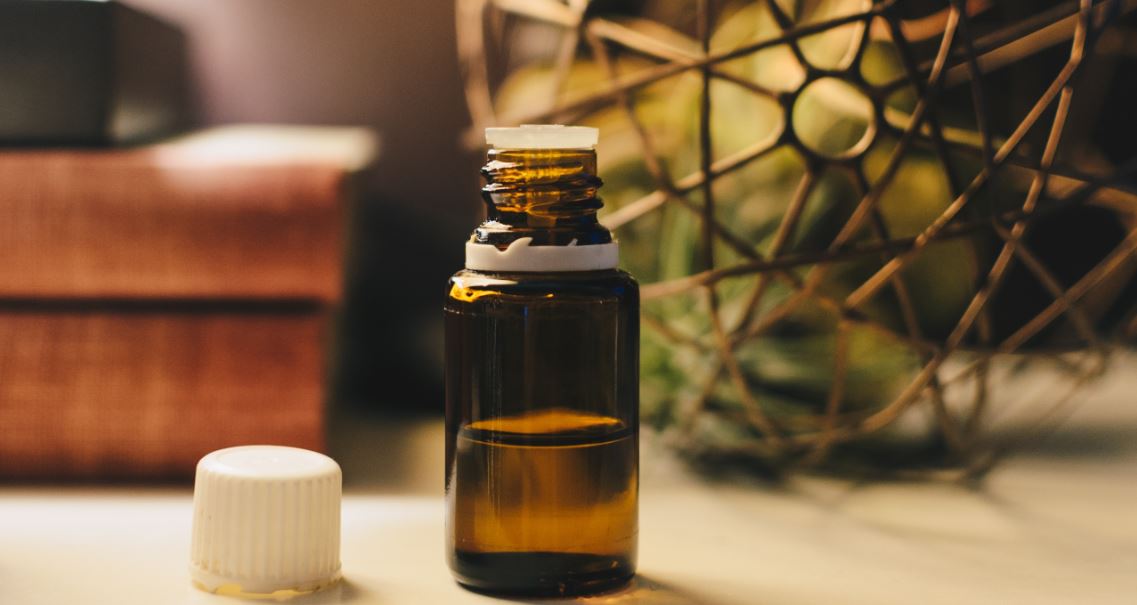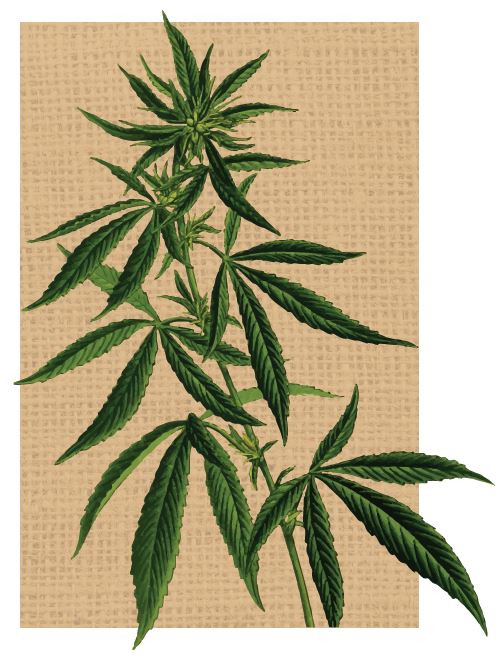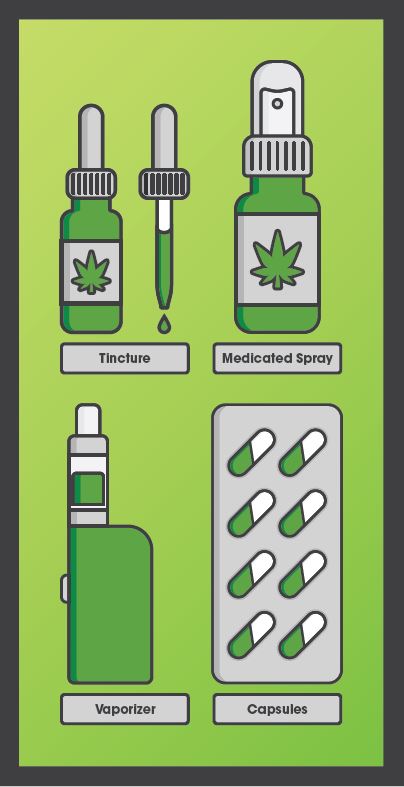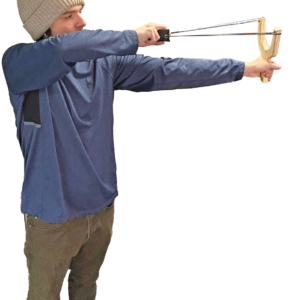
What Is CBD?
By Kyle MacNall
The laws of medical and recreational use of cannabis are continuing to change in the United States. After recent elections, the recreational use of marijuana is now legal in 10 states and the medical use in another 21. Because of this, many retailers are jumping on the trend. This does not mean that they are starting to sell little baggies of marijuana in their stores. “CBD” is the term that is popping up in stores like gas stations, health food stores and Walmart. According to Forbes Magazine, even Coca-Cola is exploring options of creating CBD-infused drinks.
But what is CBD?
 CBD stands for cannabidiol, a compound found in cannabis. It has been said that CBD carries the medical benefits of cannabis but without the “high”. This is achieved by extracting the CBD from the flower or buds of the plant without any of the THC. Tetrahydrocannabinol–or THC–is the compound in the plant that causes intoxication or that “stoned” feeling.
CBD stands for cannabidiol, a compound found in cannabis. It has been said that CBD carries the medical benefits of cannabis but without the “high”. This is achieved by extracting the CBD from the flower or buds of the plant without any of the THC. Tetrahydrocannabinol–or THC–is the compound in the plant that causes intoxication or that “stoned” feeling.
Many sources claim that CBD has medical benefits such as for pain relief, reducing epileptic seizures, helping relieve anxiety and depression, alleviating some cancer symptoms, helping with neurological disorders, and it has even been said to help treat acne. However, according to WebMD, only the treatment of epilepsy has detailed scientific studies backing its benefits to patients. At a distant second, they say there is some evidence to support the claim on help with anxiety, particularly social anxiety and the effects of PTSD. There have also been a few, small studies to support the medical benefits of CBD oils on patients experiencing muscle spasms from conditions like multiple sclerosis and muscular dystrophy. Other claims of medical benefits do not have significant studies to back them.
Whether CBD is truly a cure all drug or just the next snake oil, consumers are flocking to stores to stock up. According to PRnews.org, the CBD market accounted for $202 million in 2017 in the United. Multiple sources expect that number to lunge by 700% to $2.2 billion by 2020, and some are forecasting the market to soar another 1,000% to $22 billion by 2022. Further projections put the market over $57 Billion within the next 10 years. It’s not often that a new industry comes onto the market with this much potential growth in such a short time.

There are countless products out there now that utilize CBD oils. People can take and use CBD oils through six primary ways: as tinctures, concentrates, capsules, topicals, sprays and vapes. Tincture CBD products are to be taken orally and come in small bottles with eye droppers. Concentrates tend to resemble a wax- or honey-like form designed to be smoked. Capsules are also taken orally. Topicals and sprays are used on the skin to relieve pain, rash and other symptoms. Lastly, as mentioned before, customers can also purchase vape juice, which is inhaled through a vaping device. CBD oils are infused into everything from hand creams to candies to sports drinks.
Is CBD legal?
The laws around CBD oils can be a little confusing, as one would assume. With the laws on medical and recreational use of cannabis ever changing, it’s important to stay up to date on your local laws. The key question is: have the CBD oils been derived from a hemp plant or from a marijuana plant? Both hemp and marijuana are part of the cannabis family. However, commercially grown hemp contains less than .3% THC, compared to the marijuana plant that can contain up to 30%. Again, THC is the compound that gives you that high feeling. CBD oils that are derived from the hemp plant are legal in all 50 states, so it is important to make sure that the products you are adding to your store are derived from hemp and not from marijuana.
Retailers are not required to have a special license to sell CBD oil products that are made from commercial hemp. Therefore, any store can add some of these products to its shelves. There is also no age limit for customers to purchase CBD products, if they are made from commercial hemp and not marijuana. Packaging and product details should clearly define the origin of the plant.
How can an Army Navy, outdoor, hardware or sporting goods retailers capitalize on this trend?
The overall culture of your store, customer base and product offerings will dictate which CBD products may sell well. Products like a CBD muscle rub cream or CBD pain relief spray could be offered as an alternative next to the BENGAY and ICY HOT in a sporting goods section. CBD lip balms and healing salves could be sold near the counter or in the first aid area. If your store has a cooler with water and soft drinks near the checkout, add a CBD-infused water or sports drink option. CBD capsules or tinctures could be offered at the counter. Of course, if your store has an alternative health section, all of these products would make a great fit. Many veterans have turned to CBD to help cope with PTSD symptoms, and may find these products as a welcome addition to you store. CBD products are also becoming very popular among preppers and homesteaders who are looking for alternative healing options.
Before you begin adding these products to your store, make sure to read up on your local laws. The CBD trend is growing fast, and it appears it will continue to do so for a while. Getting a few products in your store early could create some quick profits with a new product line. Do a little research online and then look around your store. You’ll be surprised how CBD products might fit in with your current inventory.



